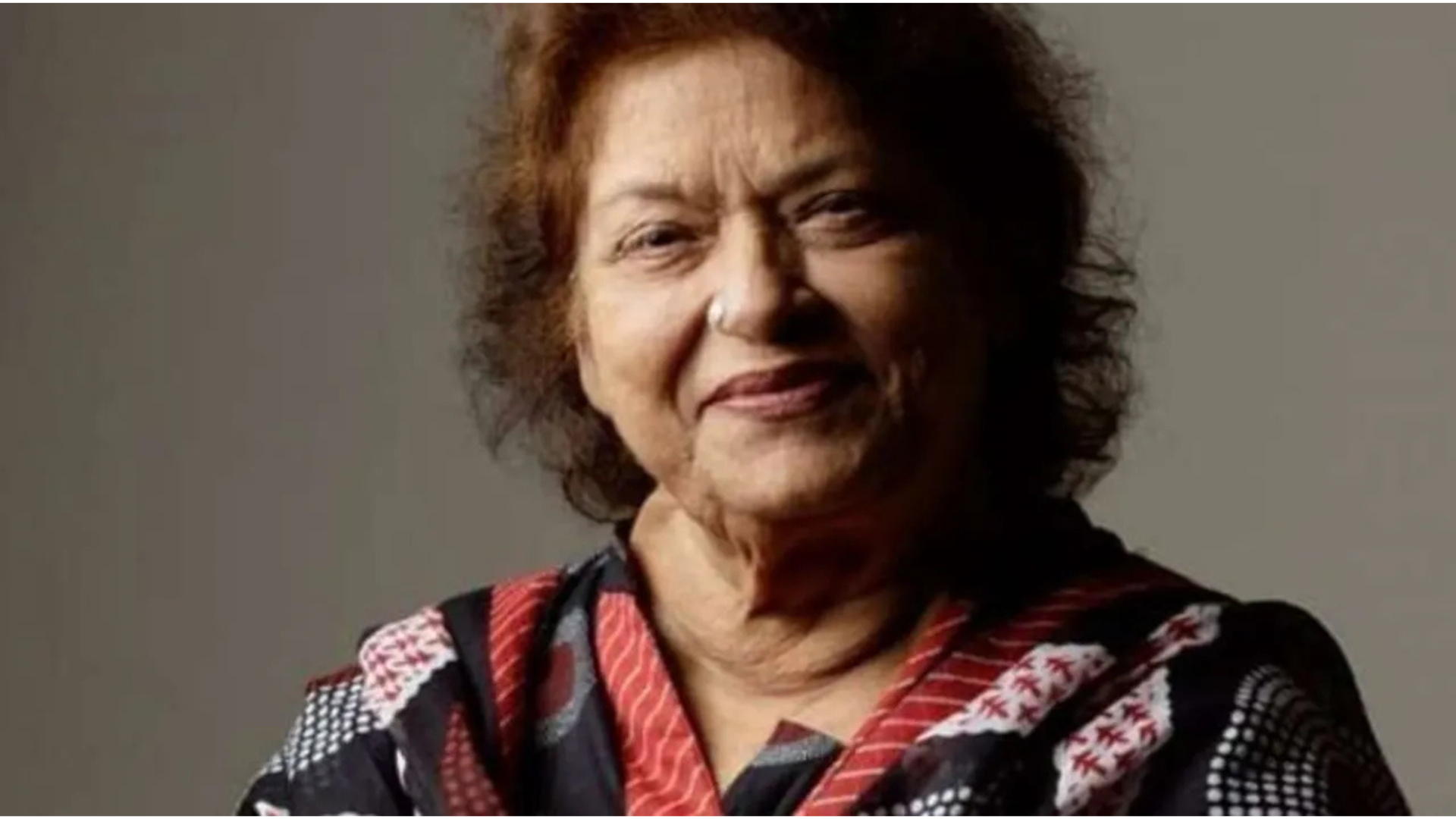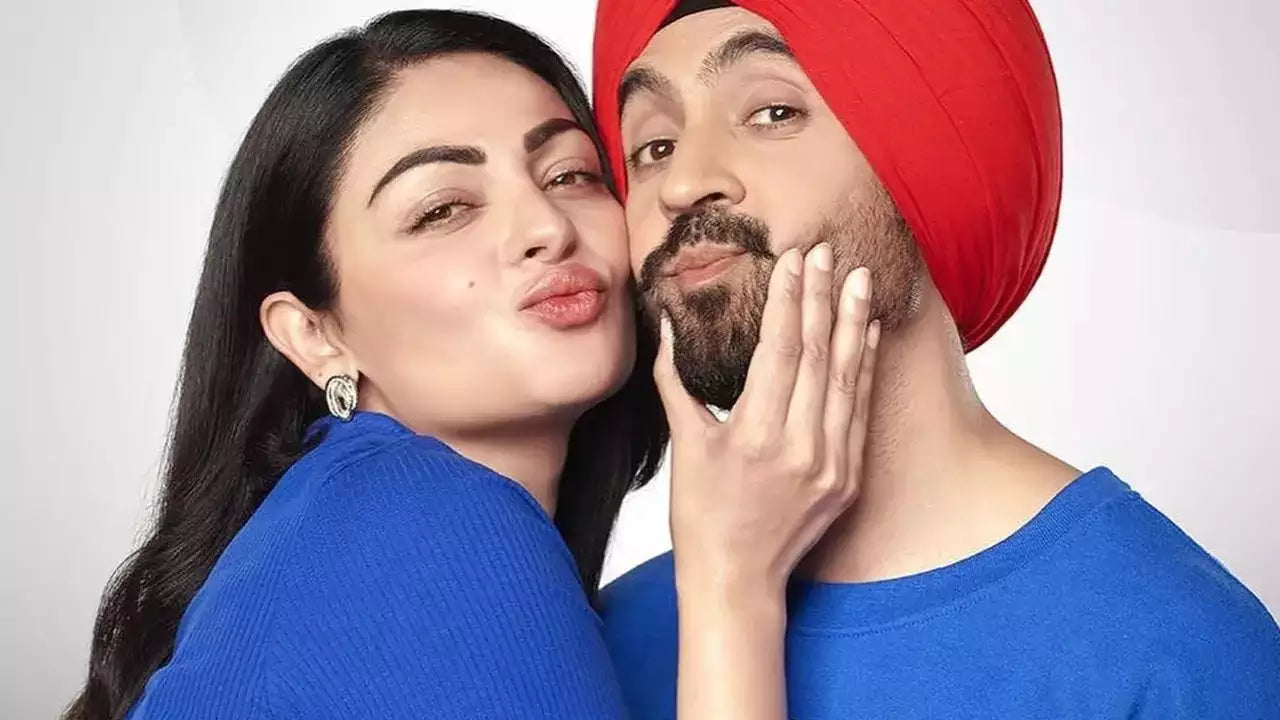Dancing Queen: How Saroj Khan Taught A Nation To Dance

There was a time when dance routines in Hindi cinema were largely dependent on the actor’s talent - and signature style; aided somewhat by a choreographer. With some exceptions, it wasn’t serious business. And then Saroj Khan walked onto the scene and changed everything.
Born Nirmala Nagpal in 1948, she was just three when she entered the film industry; pushed into it like many post-Partition migrant kids in Bombay, as her family scrambled to make ends meet. She started in the background: small roles, group dances, whatever paid.
By her teens, she was assisting one of the top choreographers of the time, B. Sohanlal. She also married him; unaware at the time that he already had a family. It was messy, but she kept working.
For years, she operated in the margins - stepping in when needed, rarely credited, often underpaid. Her first solo project came in 1974 with Geeta Mera Naam. Bollywood was still hiring men to choreograph and women to perform.
From the late ’80s through the 2000s, Saroj Khan’s work shaped the way mainstream Hindi cinema thought about choreography. She worked closely with Madhuri Dixit, building routines that were both technically sharp and commercially effective. Tamma Tamma, Dhak Dhak, Choli Ke Peeche, Dola Re Dola - each one carried her signature: tight coordination, dramatic pauses, and an emotive performance.
She’d done Western routines early on - rock and roll, jive, acrobatics, and later trained in Kathak. She demanded rehearsals; there was no winging it. Even non-dancers like Jackie Shroff and Sunny Deol were brought up to speed. Natural dancers were pushed further.
She also fought for structure, screen credit, proper pay, and made sure the system didn’t stay closed. Farah Khan, Ahmed Khan, Vaibhavi Merchant - and many others who came after her had either worked under her or were shaped by her influence.
As the vanguard of professionalism; she helped lift “Bollywood Dance” to a recognised form; providing it respectability - and eventually the recognition and popularity it enjoys across the world today.
She passed away in 2020, with over 3,000 songs behind her.
This is our humble tribute to India’s Dancing Queen.
1. Aaiye Meherbaan, Howrah Bridge (1958)
Saroj Khan appears as a background dancer in the song "Aaiye Meherbaan" from the film Howrah Bridge (1958). This is one of the few clips where she's visible and later identified through interviews.
2. Mujhe Maar Daalo, Geeta Mera Naam (1974)
Saroj stepped out of the background with this number. It wasn't a big hit commercially, but it established her as a serious choreographer capable of commanding the camera and shaping performance.
3. Hawa Hawai, Mr. India (1987)
The song's offbeat, exaggerated style proved Saroj could blend comedy, character, and choreography. Sridevi played a buffoon, and Saroj matched her energy beat for beat-bizarre, elastic, unpredictable.
4. Ek Do Teen, Tezaab (1988)
A watershed moment for Bollywood. Saroj's tight choreography and Madhuri's performance created a pop culture storm. Every kid knew the steps. The song made Madhuri a star and gave choreographers screen presence for the first time.
5. Tamma Tamma Loge, Thanedaar (1990)
Inspired by Michael Jackson, Saroj incorporated funk and popping into a Bollywood framework. It introduced young indian audiences to a whole new visual language of movement.
6. Dhak Dhak Karne Laga, Beta (1992)
Saroj pushed the envelope while keeping it tasteful. The choreography made headlines, cemented Madhuri as an icón, and proved that dance could express sexuality without sleaze.
7. Kali Kali Aankhen, Baazigar (1993)
Saroj Khan didn't smooth out SRK's rough edges-she leaned into them. The choreography was sharp, twitchy, a little offbeat. Initially, Shah Rukh was hesitant to rehearse, but upon seeing the choreography on set, he practiced diligently, with Saroj noting he "laboured so hard for the song"
8. Choli Ke Peeche, Khalnayak (1993)
Saroj turned a suggestive folk-style rhythm into something powerful. The choreography rode the line between innuendo and tradition. She let Madhuri own the song, without ever reducing her to the lyric.
9. Main Toh Raste Se Ja Raha Tha, Coolie No. 1 (1995)
A Govinda-Karisma classic, with Saroj leaning into the masala chaos. The choreography was bold, cheeky, and deliberately over the top-built for crowd appeal. Saroj understood the rhythm of '90s comedy-dance better than anyone else.
10. Radha Kaise Na Jale, Lagaan (2001)
Gracy Singh later spoke about how Saroj broke the song down for her beat by beat. Where to look. How long to hold a gesture. How to suggest mischief without letting it tip into mimicry. The control, as always, was invisible unless you knew where to look.
11. Dola Re Dola, Devdas (2002)
Uniting Madhuri and Aishwarya on one frame was historic. Saroj orchestrated perfect symmetry, movement, and grace—on a scale few could manage. She won her second National Award for this.
12. Ye Ishq Haaye, Jab We Met (2007)
At a time when newer choreographers were taking over, Saroj came back strong. This folk-inspired choreography won her a third National Award and showed she could still bring freshness and form.
13. Dil Mera Muft Ka, Agent Vinod (2012)
A mujra-style number with Kareena Kapoor, this was Saroj returning to her roots. She brought back the old-school mujra vibe-expressive, poised, and story-led—at a time when item songs had become loud and forgettable.
14. Tabaah Ho Gaye, Kalank (2019)
A full-circle moment. Over 30 years after Ek Do Teen, Saroj choreographed Madhuri one last time. Every step and pause was infused with her trademark grace and attention to detail, reflecting a lifetime of mastery and the old-school beauty that defined her work.





Comments